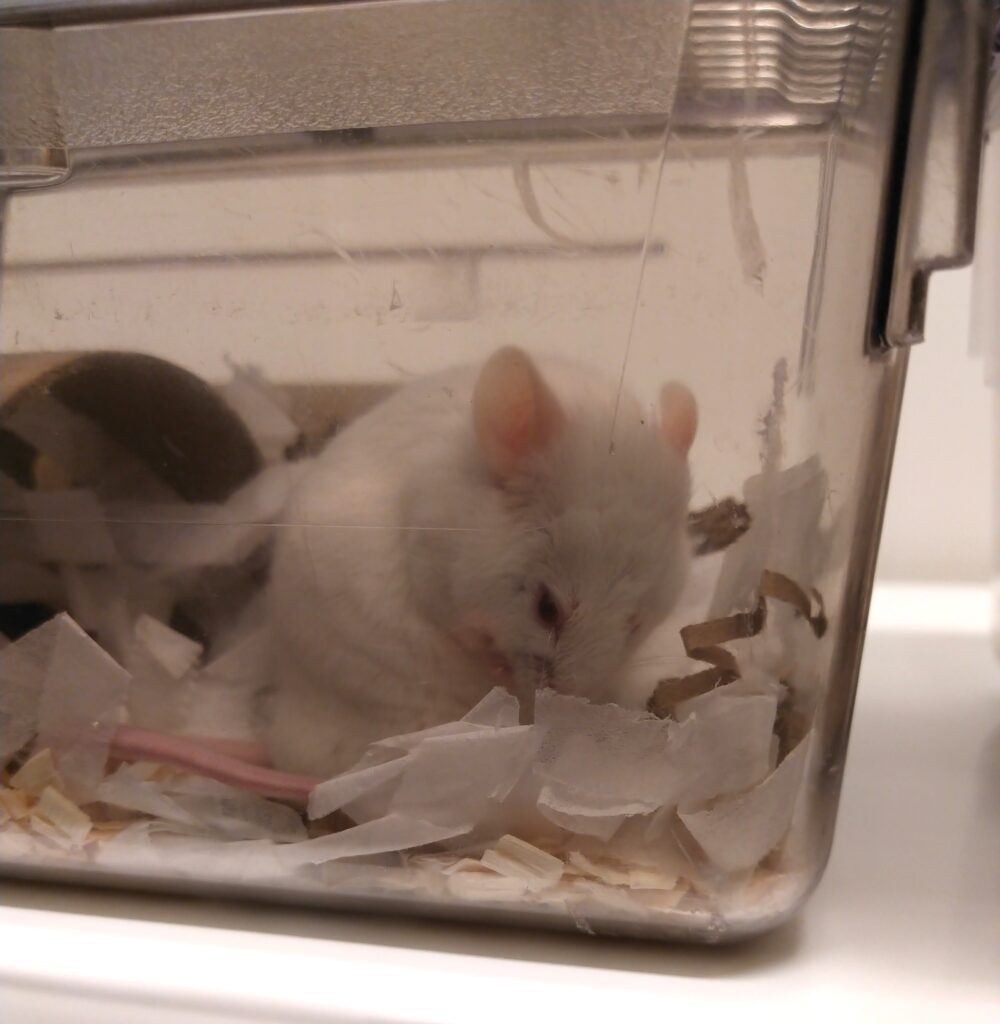Background
House mice (Mus musculus) have been widely used in scientific research as laboratory testing animals. However, the captive laboratory mice often suffer from chronic stress due to the limited housing environment in their home cage, resulting in increased inactivity, stereotypic and agonistic behaviours. As such, enrichments have been widely studied and implemented to improve the welfare of laboratory mice, as they provide opportunities for fulfilling the behavioural needs of the animal. This could potentially reduce the chronic stress, and enhance the overall well-being of the mice. Environmental enrichments such as bedding materials, nesting materials and tunnels are commonly implemented in the mouse cage nowadays. On the other hand, foraging enrichment is a relatively new type of enrichment to promote foraging behaviours and cognitive stimulation. However, there is limited research on the effects of foraging enrichment and its welfare implications in mice.
Aims
- To assess the mice’s interaction dynamics with different foraging enrichments.
- To evaluate the welfare benefit of the foraging enrichments by analysing the behavioural changes in the home cage and in the open field test after the exposure of the foraging enrichments.
